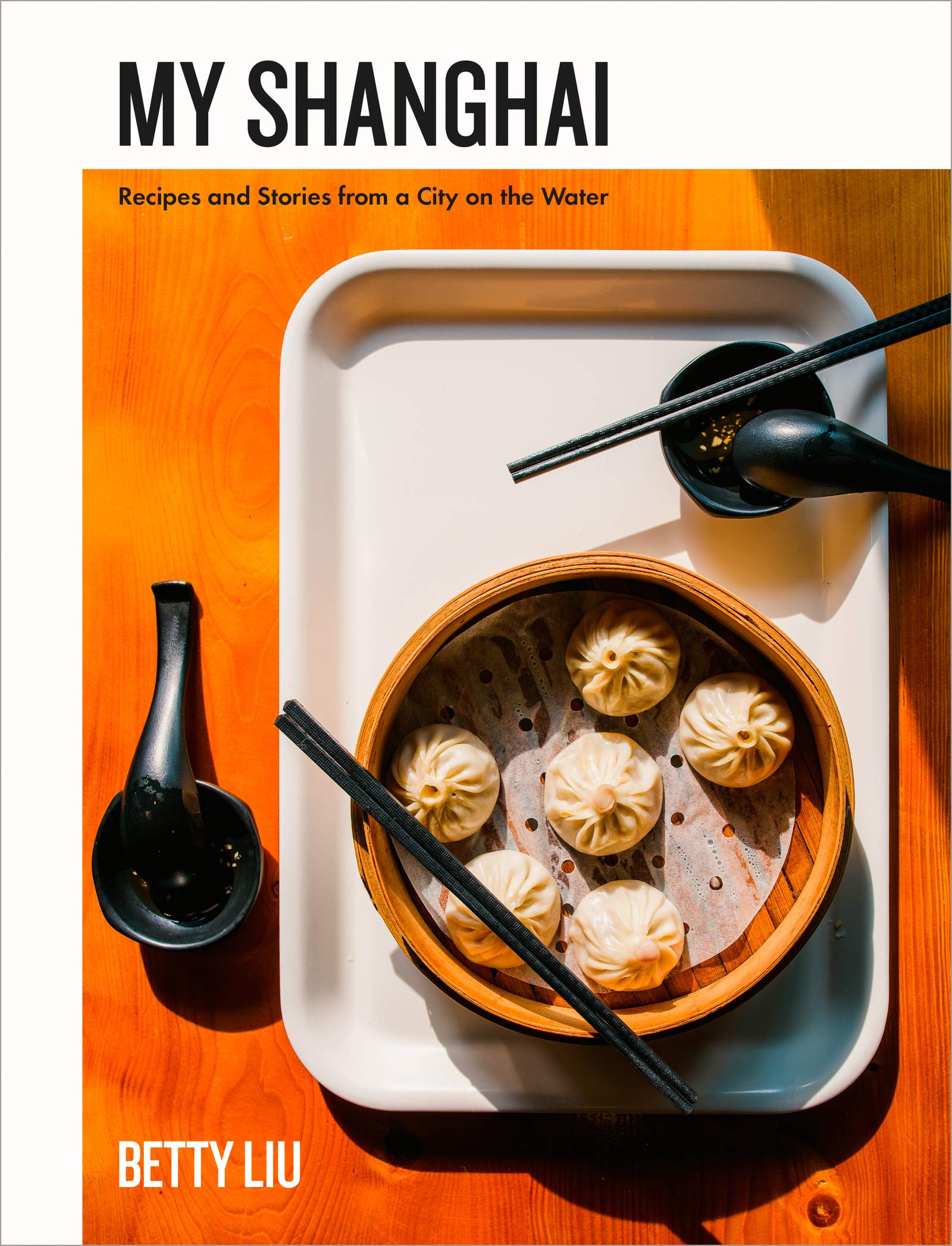Learn to make spring onion oil noodles and other Shanghai family recipes with this book
Here’s Ella Walker’s verdict on a new cookbook that showcases the food of Shanghai

Food so often denotes a place, but it can also define a family, encapsulate a shared history and provide the threads that help hold memories and people together.
This is the feeling that emanates from Betty Liu’s debut cookbook, My Shanghai.
The Boston-based photographer, food writer and general surgery resident’s family is from Shanghai, her parents moved to Oregon in the US, and Liu grew up Chinese American – later realising how much she needed to know all of her mother’s recipes. Some of which she’s now sharing with everyone else.
Read more:
The book: My Shanghai: Recipes and Stories from a City on the Water by Betty Liu.
Who will love it? People who long for the food of Shanghai, and those who have never really encountered it before. Totally new to it? Let the variations on spare ribs be your gateway recipe, or the pork belly bao, or the steamed fish. Flavour is paramount, so if you’re fascinated by how to imbue dinner with as much depth as possible, and are interested in learning how to hand-shape dumplings, Liu will have you entertained for hours. And yes, there’s space for you here even if you’re plant-based.

What is it trying to get us cooking? The food Liu grew up eating: home-style, home-cooked food from Shanghai, including the dishes her mum made that Liu, through much questioning, observation and osmosis has, over time, memorised and stored away. There’s tradition and dishes specific to a family, but Liu’s emphasis is very much on “making the food truly yours”. She also takes us through specific Shanghainese food language and cooking techniques, like “red braising” (soy sauce and sugar is involved), “stew and smother” and the mesmeric-sounding “rolling knife”. Liu gives a thorough introduction to the pantry items you’ll need too, before unleashing on you dishes like hairy crab tofu, classic tomato and egg stir-fry, and sweet-and-sour lotus root.
How easy is it to use? There’s a lot of variety, so while you could leap right in and make time-intensive but perfectly plump morning pork bao from scratch (pork-stuffed buns eaten for breakfast), sticky rice balls three ways or wind cured salt pork, there are more straightforward options. Liu has a knack for simple but impressive-looking noodle soups and assembly dishes, like a salad of winter melon and edamame, and of course, stir fries (chicken, beansprout and garlic chives caught our attention). Get your store cupboard in order first though; tracking down lotus leaves may require forward planning and internet shopping.
The best recipe is… Liu’s mum’s Shanghai red-braised pork belly – Liu says it’s the dish that best represents Shanghai for her, and is the one seemingly most ingrained in her family history.
The recipe we’re most likely to post on Instagram is… the soup dumplings – they’re just so neat and photogenic in their bamboo steamer.
The dish we’re least likely to try is… the oil-braised spring bamboo. We’d love to make it, but freshly foraging young bamboo shoots might be a tad tricky.
Overall rating: 8/10 – transporting yet comforting, Liu makes Shanghainese food deeply personal, but also wonderfully accessible.
How to make Betty Liu’s scallion oil noodles
“You haven’t experienced Shanghai until you’ve had a bowl of scallion [spring onion] oil noodles. It’s a quintessential, old Shanghai dish – a humble, yet extremely satisfying, bowl of noodles,” explains Liu.
“This dish reveals the secret of that complex umami flavour used in many of Shanghai’s signature dishes: scallion oil. Scallions (spring onions) are slowly fried in oil so that their flavour infuses it. This flavoured oil serves as the base of the dish. By itself, the soy sauce-rock sugar mix makes a lovely, deep, sweet yet savoury sauce, but it often needs something else – pork, chicken, eggplant, or loads of scallions – for additional flavour. Dried shrimp is an excellent addition that supplies an extra bit of umami. If you’re craving something with more protein, fry some ground pork in your scallion oil until browned and crisp, then turn off the heat and proceed with the recipe.
“You can also make scallion oil ahead of time. Quadruple the recipe below and follow the steps. Let it cool and pour it into a sterile jar; it will keep in the fridge for up to a month. Use it any time, to elevate any dish you’re making.”
Ingredients
Serves 2
1½tsp dried shrimp
6 to 8 scallions (spring onions), cut into 2.5cm segments
3tbsp neutral cooking oil, such as canola or grapeseed oil
1tbsp dark soy sauce
2tbsp light soy sauce
½tsp black vinegar
1tbsp crushed rock sugar or granulated sugar
Pinch of ground white pepper
1/2lb (225g) fresh Shanghai-style thin noodles, cooked to al dente (or 2 servings of any dried noodles. I’ve used soba and ramen noodles with great effect)
Method

1. Place the dried shrimp in a small bowl with hot water to cover and soak for 30 minutes. Drain and pat dry with a paper towel.
2. Smash the scallions with the side of a meat cleaver. Pat dry with a paper towel to avoid any water droplets from causing the oil to splatter during stir-frying.
3. Heat the oil in a well-seasoned wok over medium-low. Add the scallion segments and let them fry slowly, so they turn yellow without burning. Stir occasionally so the segments brown evenly. This slowly rendered-out flavour is essential to this recipe – be patient and let the toasty flavour infuse the oil. I usually let the scallions cook for 20 to 30 minutes, but for a deeper flavour, cook them at a lower heat for longer, even up to one hour. I’ll often make big batches of this oil that I store in the refrigerator; for this recipe I use three tablespoons. Reduce the heat to low, add the shrimp, and cook for another five minutes.
4. Meanwhile, mix together the dark and light soy sauces, vinegar, and sugar.
5. Increase the heat to medium and immediately pour the soy sauce mixture into the wok. The sauce will bubble finely and foam (if it bubbles too much, your heat is too high) and begin to caramelise. Stir to dissolve the sugar and let simmer for two to three minutes to thicken. Turn off the heat. Add a pinch of white pepper. Add the cooked noodles to the wok and toss to combine. Divide the noodles between two bowls, making sure to scoop up the scallion segments.
‘My Shanghai’ by Betty Liu, published by Harper Design, an imprint of HarperCollins Publishers. Priced £27. Available 29 April.